Posted by Nodus Labs | November 1, 2022
Ecological Thinking Framework
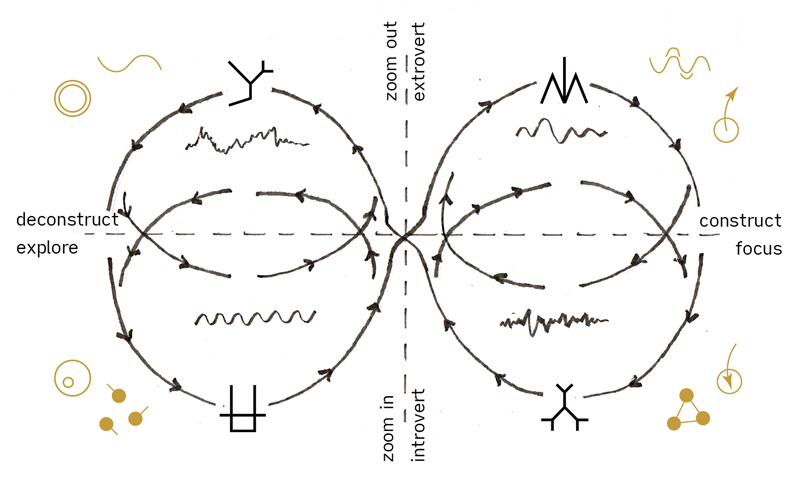
Ecology is a concept that is closely related to the environment, however, its implications extend far beyond. To act and to think ecologically is to support a dynamic equilibrium in an ecosystem, contributing to it in a way that enhances its development and improves its chances of survival.
What if this ecosystem is the cognitive sphere we exist in? Both our own minds – psyche – as well as the minds of others, but also the general cognitive field we create through our daily activities, both online and offline. Obviously, we would not want toxic thoughts or personalities. At the same time, a short period of toxicity can be beneficial to a system to allow it to restructure and become more resilient. We would also not want something rigid. A rigid system is not resilient and, thus, highly susceptible. Therefore, we would want something flexible and adaptable. But it should not be too loose either, because otherwise, we will give in to whatever comes. Overall, we can say that variability is an important quality of ecological systems.
When applied to our thinking process, variability seems to be a very beneficial trait. The ability to change one’s perspective and to look at things from different angles is a sign of intellect. If we could formalize this as an algorithm, we would get a tool that could be used to stimulate ecological thinking and reading — something especially useful in the polarizing world of today.
How to formalize variability in thinking?
Variability and Network Diversity
First, and it’s obvious, we want to begin with something, so we need to have a starting idea. It may consist of certain logical relations (causal — “if the sun rises, there will be light”, associative — “orange is a fruit”, etc.) or feedback loops. We can all this the “genesis” stage.
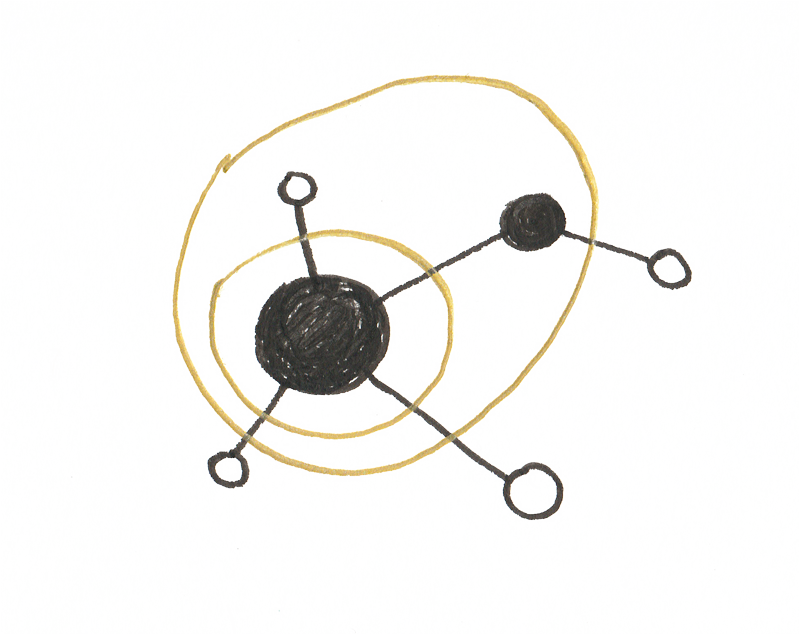
Once we have a central idea, it needs diverse supporting concepts, which would reinforce the central idea but also provide some context for it to make sense. We can call this the growth stage, which later becomes the optimization stage.
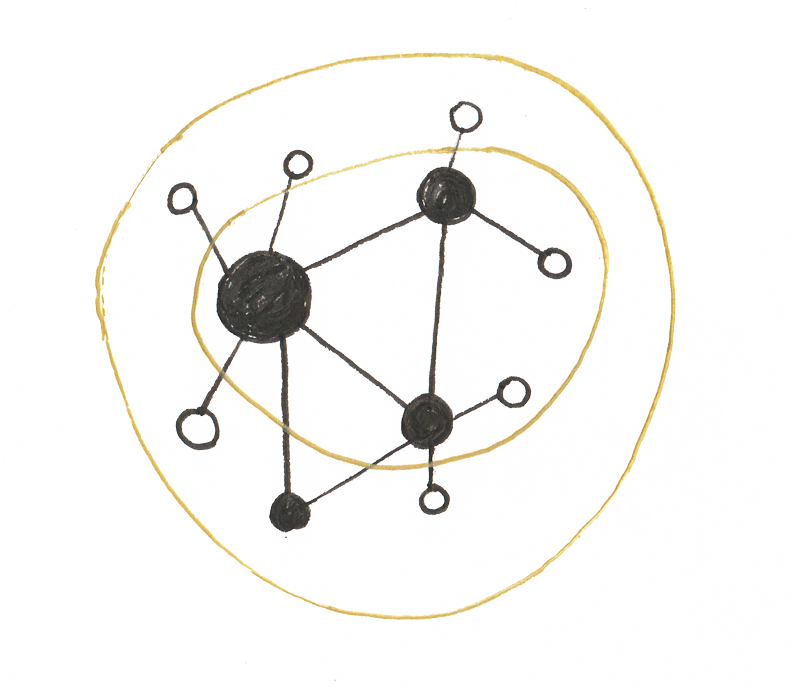
Those ideas should leave space for other ideas — not one single idea takes too much space and becomes “toxic” (only temporarily where it is beneficial for the system). Therefore, a certain diversity should be established by breaking the existing connections (and, thus, reducing power of some ideas), and introducing new clusters (creating new “conceptual” power centers):
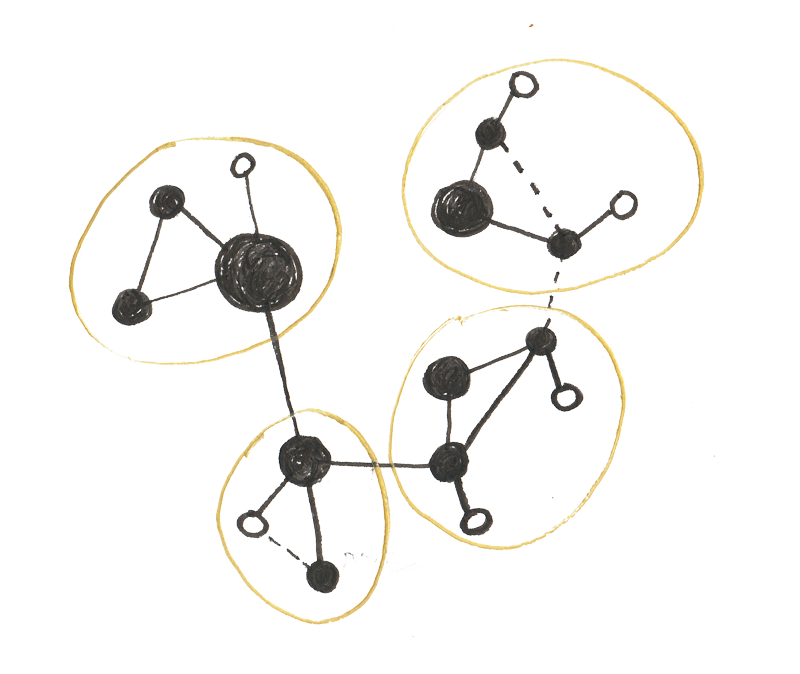
Here we reach the state of polysingularity. Several distinct clusters of ideas exist. They interact on the global level but also maintain their own agency and specificity. Our discourse is coherent and resilient. It has multiple centers that promote multiple perspectives and it’s not focused on one thing. We can all this stage the stage of diversification or reflection.
In order to reach this stage in the thinking process, we need to learn to let go of ideas, disrupt “obvious” connections, and have the ability to zoom in and rewire what has been said, but also explore and look for new ideas we haven’t thought of before.
At this point, we could stop and deliver the discourse. However, if we want to develop it further, it is important to let go of the existing connections in order to create the space for new ideas to emerge. This might lead to initial fragmentation, however the emerging gaps may point our attention to some new constellations of existing ideas we haven’t thought of before and lead to the new thought formations. We call this stage “reformulation” or “transformation”. It is a creative state typical for poetry, brainstorming, and free writing.
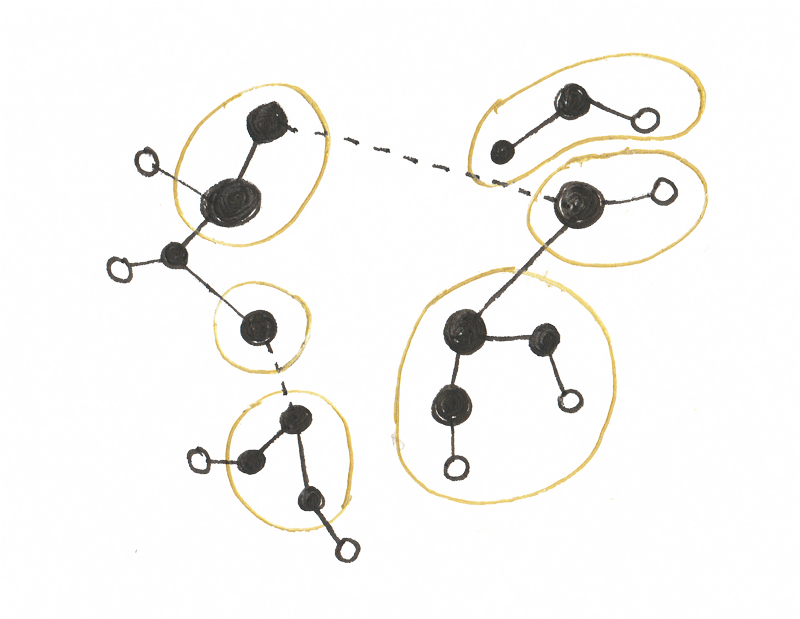
Formal Implementation of Variability Thinking Logic
The logic presented above consists of several types of activities that can be combined in different ways.

1. Focus | Connecting Ideas
2. Exploration | Disrupting Connections

We also operate at different scales:
a. Zooming In | starting with a specific idea
b. Zooming out | overview of the whole
We can plot the first connecting / disruption action at the X axis, and the second zooming in / zooming out action at the Y axis. As a result, we will get the following chart:
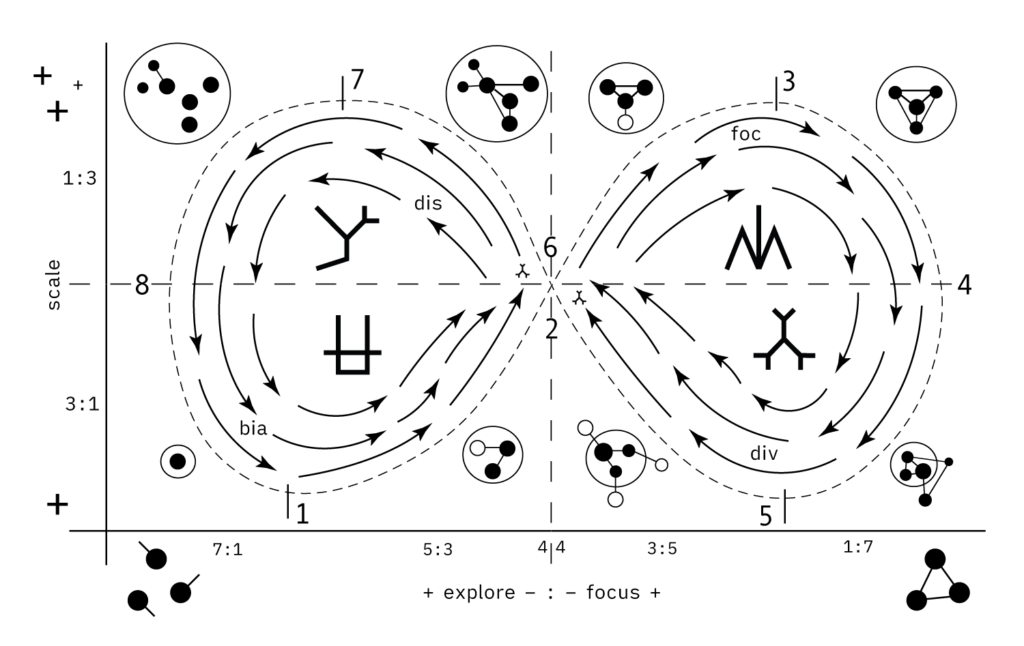
For example, we may start at the stage 1 (bottom left quadrant) where there is some level of focus (low X) on a small scale (low Y). We then start moving to the right, along the strange attractor path, increasing both the focus and the scale. This is a dynamic state of genesis (we can also call it a biased or uniform state, because we are focused on one thing on a very small, fine scale). New relations are made, and we reach Stage 2. If we move on, we increase the focus and scale. Further zooming out, thus, bringing in new ideas from the periphery, linking them to the main one.
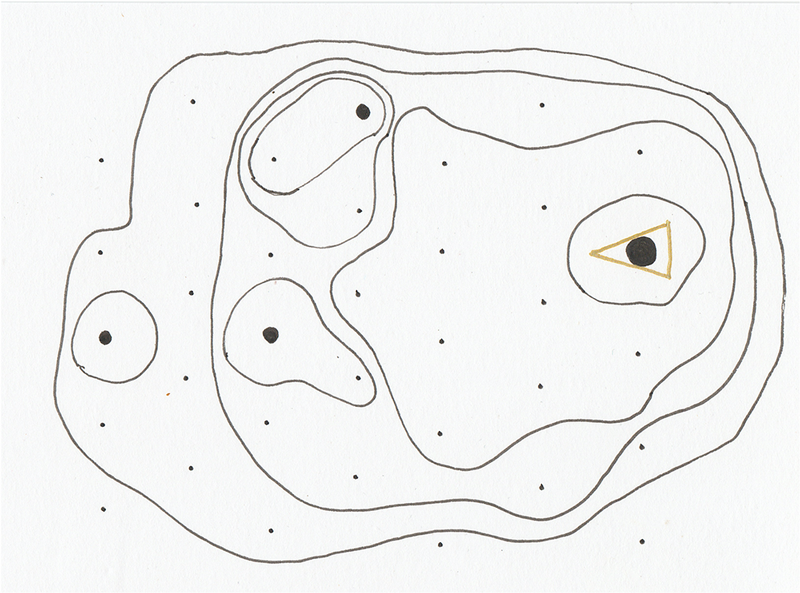
At some point, we reach the state of stabilization. Ideas can’t grow incessantly, it becomes marginally more difficult to add new concepts and relations. So we zoom back in and try to focus on what we have. Perhaps, rewiring some of the connections in a new way. This is the state of focus.
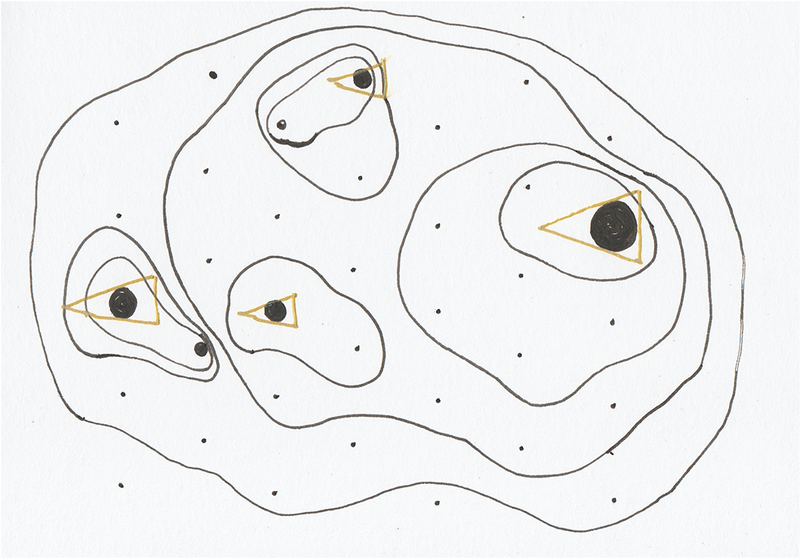
Then, once we reached the limits, we begin to explore other opportunities. This is a state of reflection, optimization, diversification. We break some connections between the main ideas while at the same time, building coherent conceptual clusters around each of them. As a result, there is no more one central idea, but, rather a space for several points of view and perspectives. Our discourse becomes adaptable and flexible, while maintaining a certain level of coherence (which we decide).
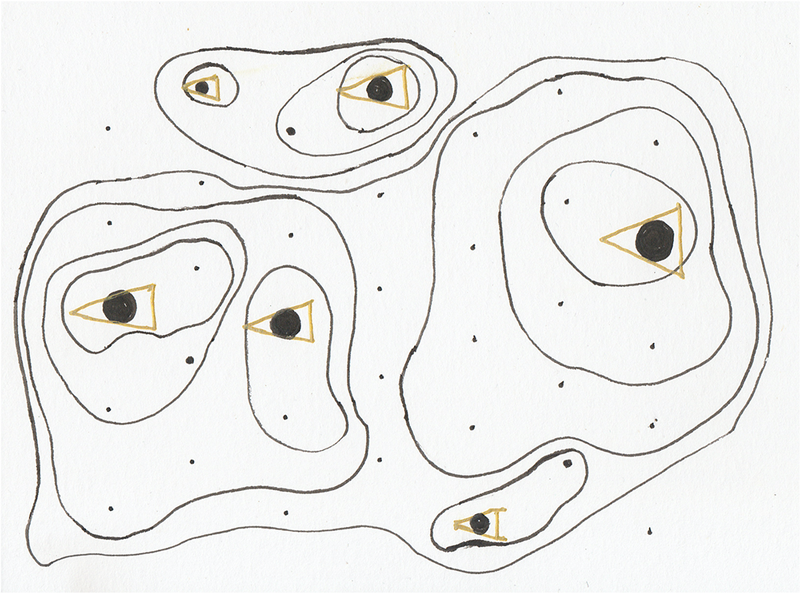
Here is where we could take this discourse back into a focused state in order to highlight an idea that we haven’t touched upon before or we can also move to the fourth state, which is a state of disruption and reformulation. It is also a state of crisis because we challenge our discourse identifying the structural gaps within and suspending some of the existing connections in order to create a space where the new ones can emerge. This is a highly creative process where a system has a chance to rewire itself and to create new formations, which will then be grown again.
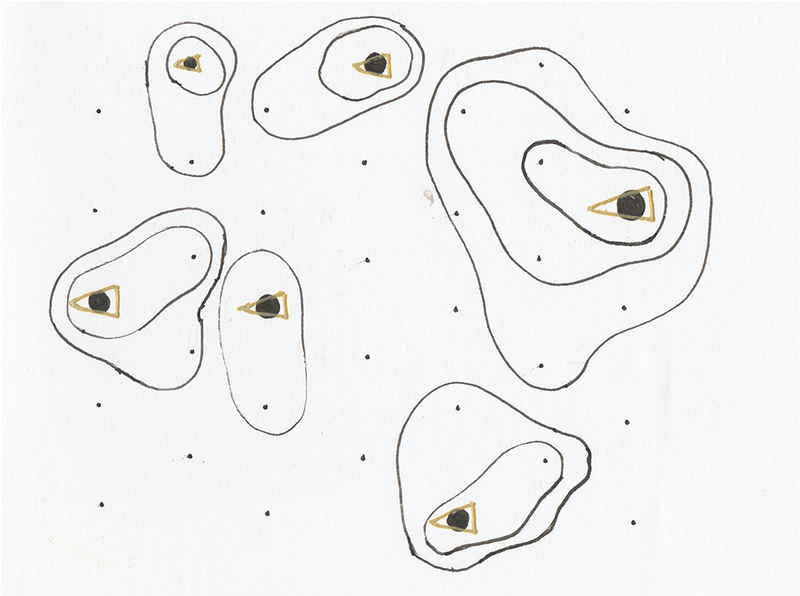
Practical Implementation
The schema presented above is implemented in InfraNodus network thinking tool developed by Nodus Labs. When you analyze an existing text or write a new one, you can access the semantic diversity measures in the “Semantic Network Diversity” tab at the bottom of the screen. The advice provided in this panel will guide your thinking process to ensure that you shift between these different states.
For example, if you happen to be in the “focused” state where one central idea takes over the rest, InfraNodus will inform you that while this state may be beneficial for the coherency of your discourse, you might want to diversify your ideas to allow more perspectives into the text. It will also propose you to use GPT-3 based AI thinking recommender system, which will generate interesting research questions and ideas to help you shift into the next state.
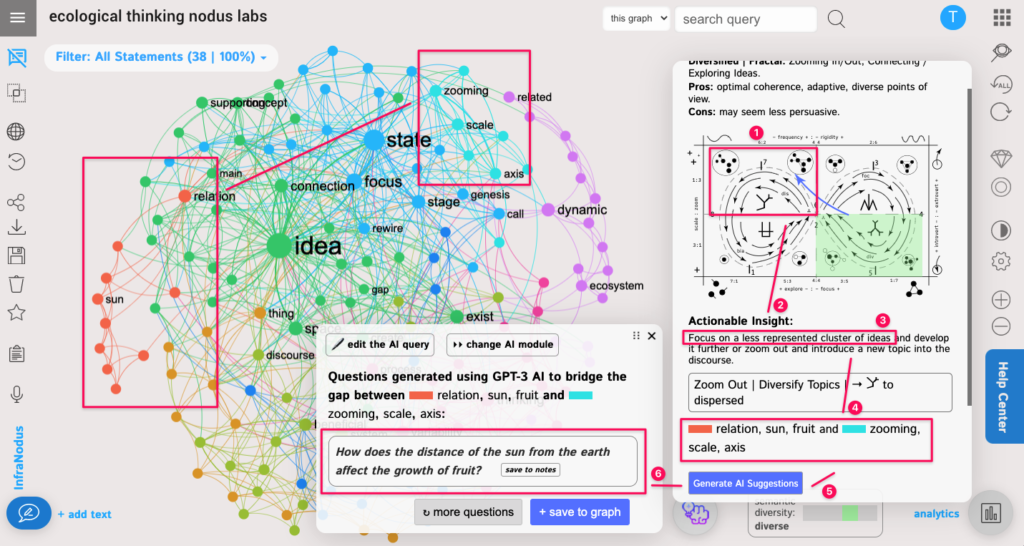
For instance, if we put in the text above into InfraNodus, we will get the following advice from the AI: make the text more dispersed by focusing on a less represented topic: e.g. the fruit / sun and the scale — “How does the distance of the sun from the earth affect the growth of fruit”?
When we start answering this question, we disrupt the current structural coherence of the narrative by introducing completely new ideas and relations into the text. However, interestingly enough, it might enhance the main narrative as well. We can start thinking about the different seasons and how they affect growth. For instance, spring is the time of genesis, summer — growth, autumn — reorganization, winter — conservation. Perhaps, there are some interesting parallels between the scheme that we propose in this article and seasonal changes that ensure ecological development of environment. This could be a topic that we explore further in another article.

